| Dyslexia differs from other learning disabilities. These differences are highly specific and readily identifiable. In dyslexic readers, these neural systems function inefficiently – the signature of dyslexia. There may be other indicators, as well. With early identification and timely intervention, affected individuals can live productive lives and accomplish great things. Even Nobel Prize-winning scientists, some of the greatest and most creative individuals, have overcome dyslexia. Dr. Sally Shaywitz, one of the nation’s leading authorities on dyslexia, told a hearing of the House Science, Space, and Technology Committee, “The really good news is that science is there for those who are dyslexic. We have not a knowledge gap but an action gap.” In order to close the action gap, we authored the Research Excellence and Advancements for Dyslexia Act – the READ Act. After winning unanimous Congressional support, the READ Act was signed into law in February 2016. The new law directs the National Science Foundation (NSF) to prioritize dyslexia research that supports action: “early identification of children and students with dyslexia, professional development for teachers and administrators of students with dyslexia, and curricula and educational tools needed for children with dyslexia.” Thirty states now mandate early dyslexia screening. More teachers and school administrators are receiving special training to recognize dyslexia and deliver individualized instruction and support for affected students. More schools are implementing proven new teaching methods and learning tools. These successes are encouraging. Nevertheless, millions of Americans with dyslexia remain undiagnosed and untreated. In thousands of public schools, children are not effectively screened. Even when a young student is identified as having dyslexia, many teachers do not have the training and learning support tools to deliver needed intensive reading skills intervention. Further, undiagnosed dyslexia leads to heart-breaking problems. More than eight million of our schoolchildren are affected, according to estimates. Children with undiagnosed and untreated dyslexia have reading struggles that make learning in every subject more difficult. They are more likely to drop out of high school and half as likely to go to college. As adults, individuals with untreated dyslexia face lifelong challenges and their reading difficulties are likely to be permanent. They have significantly lower lifetime earnings and much higher unemployment. They also experience higher rates of mental health issues and incarceration and lower life expectancy. Their children face substantial risks of the same problems. The accumulated costs of millions of cases of unfulfilled potential are an enormous burden and an ongoing tragedy that deserves our attention. Last month, an NSF-supported conference about the READ Act brought together learning disability researchers from across the country. Information presented at the conference underscored the importance of timely, results-driven actions. Studies show that nearly three-quarters of children with dyslexia will attain their expected educational development if two practical actions are adopted in every school district: simple, standardized screening for reading difficulties among children in kindergarten and first grade, and explicit, comprehensive reading instruction for those who are identified as having dyslexia. Changing the way we approach dyslexia will create opportunities for brighter, more productive futures for millions of young Americans. It also will help individuals follow in the footsteps of geniuses like Steve Jobs, the former CEO of Apple, who overcame dyslexia and achieved wonderful, helpful innovations for our country and humankind. The READ Act was authored by Rep. Lamar Smith (R-Texas), chairman of the House Science, Space, and Technology Committee, and cosponsored by Rep. Julia Brownley (D-Calif.) and Rep. Bruce Westerman (R-Ark.). Chairman Smith and Rep. Brownley co-chair the bipartisan Congressional Dyslexia Caucus. | |
|
5 Comments
Kathleen Deleguardia
11/16/2017 07:44:57 am
This is monumental information.
Reply
1/8/2018 11:41:31 am
I have a classmate back in high school who has dyslexia. I never really understood what it was until we studied it in class. It turns out that is is very complicated and it really makes reading hard for dyslexic people. This is because they do not see words the same way as normal people do. They sort of see it jumbled which is why it is hard for them to determine what the word is because the letters are all jumbled.
Reply
2/12/2020 12:34:18 am
The new law directs the National Science Foundation (NSF) to prioritize dyslexia research that supports action: “early identification of children and students with dyslexia, professional development for teachers and administrators of students with dyslexia, and curricula and educational tools needed for children with dyslexi
Reply
Leave a Reply. |
AuthorArchives
July 2020
Categories
All
|

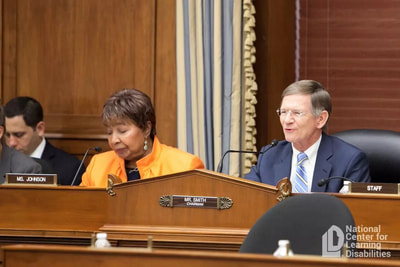
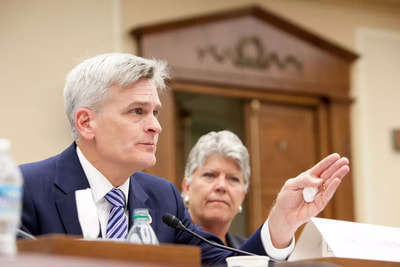

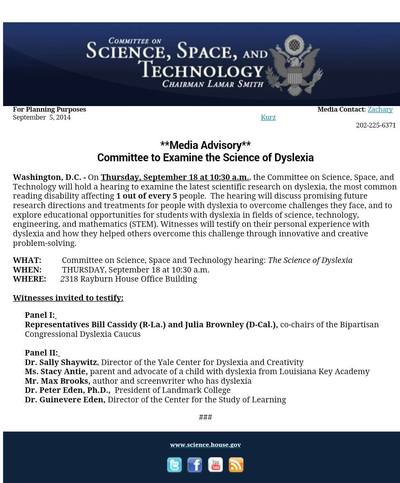
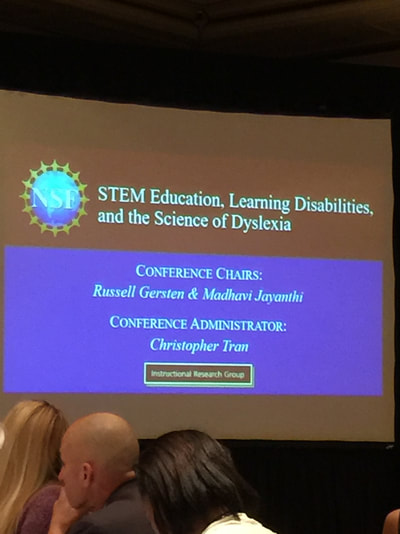
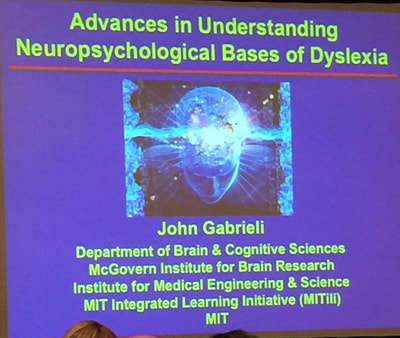
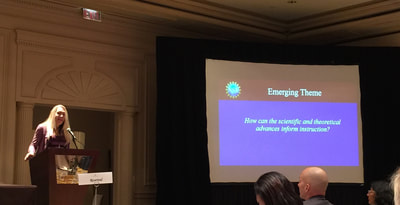
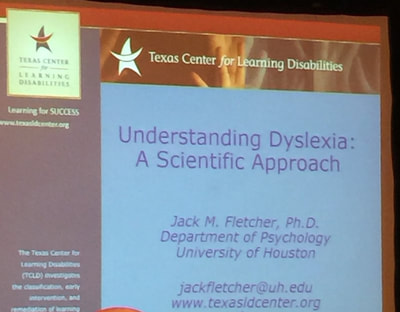
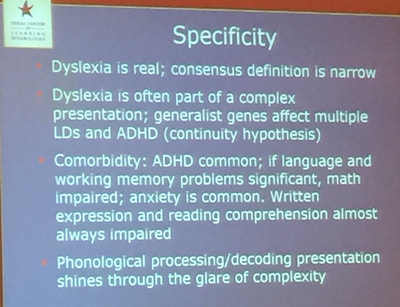
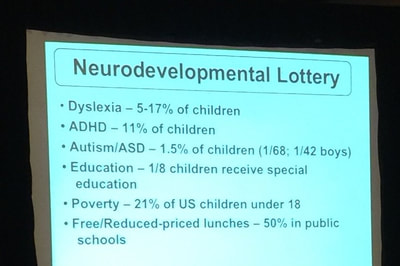
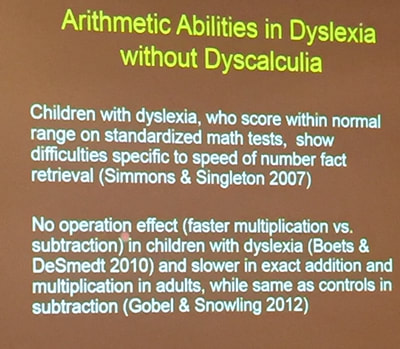
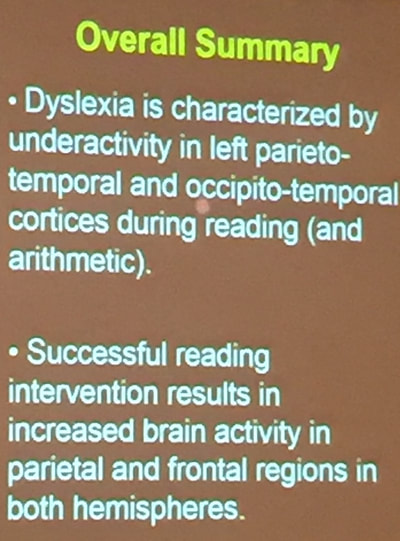
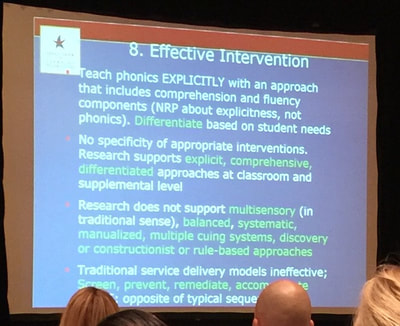

 RSS Feed
RSS Feed